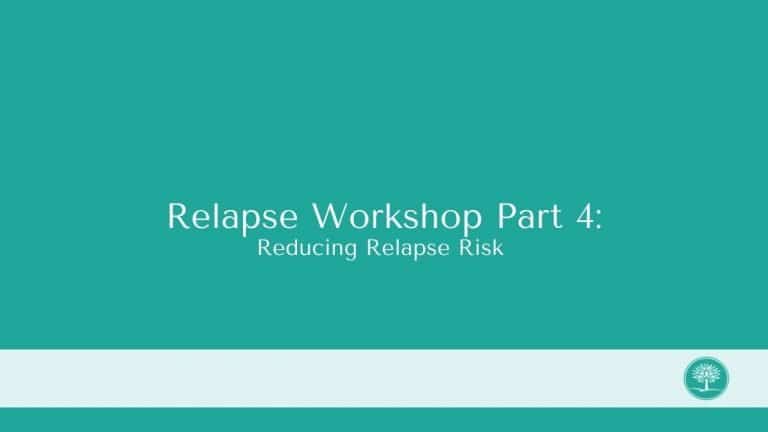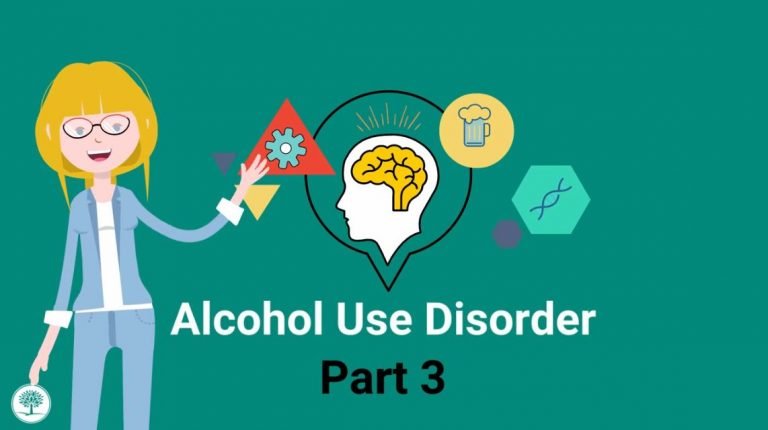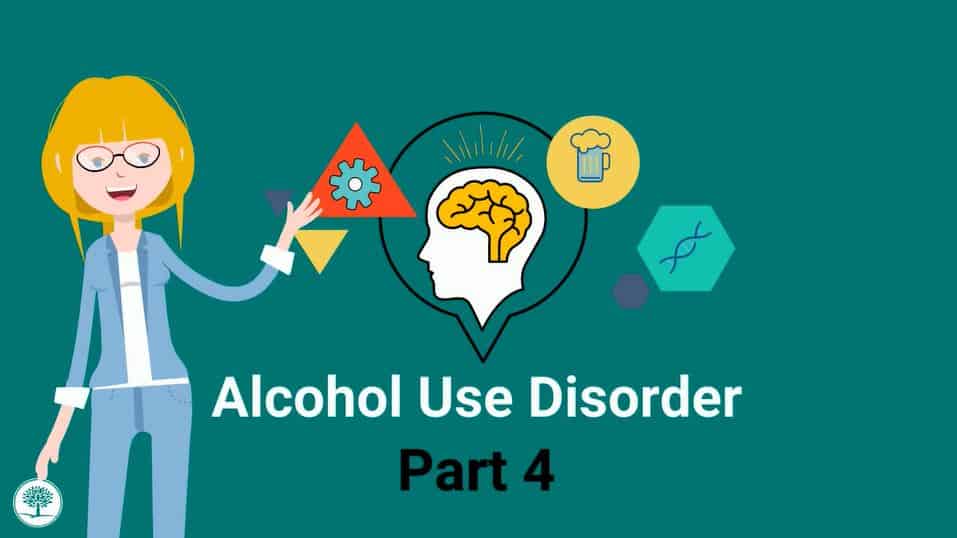What is Dialectical Behavioral Therapy?
In this lesson we will discuss Dialectical Behavioral Therapy.
Dialectical behavioral therapy, also known as DBT, is a specific type of cognitive behavioral psychotherapy developed in the 1980s by psychologist Marcia Linehan to help better treat borderline personality disorder.
DBT is a type of psychotherapy or talk therapy that utilizes a cognitive behavioral therapy approach. DBT emphasizes the psychosocial aspects of treatment. The theory behind the approach is that some people are prone to reacting more intense and out of the ordinary manner toward certain emotional situations. Primarily those found in romantic, family, and friend relationships. DBT theory suggests that some people’s arousal levels in such situations can increase far more quickly than the average person’s, attain a higher level of emotional stimulation, and take a significant amount of time to return to baseline arousal levels.
DBT stands for Dialectical, which means that two ideas can be true at the same time. Also sometimes referred to as the analysis of opposites.
There is always more than one true way to see a situation and more than one true opinion, idea, thought, or dream. Two things that seem like opposites can both be true.
All people have something unique, different, and worthy to teach us. A life worth living has both comfortable and uncomfortable aspects. Happiness and Sadness. Anger and peace. Hope and discouragement. Fear and ease. And so on. All points of view have both true and false within them.
For example, you are right, and the other person is right. You’re doing the best you can and you need to try harder or do better and be more motivated and change. You can take care of yourself and you need help and support from others.
There are components of DBT such as support orientated, which helps the person identify strengths and build on them so that the person can feel better about him or herself in their life.
DBT helps identify thoughts, feelings, and assumptions that make life harder. “I have to be perfect in everything. If I get angry, I’m a terrible person.”
And DBT helps people to learn different ways of thinking that will help make life more bearable. “I don’t need to be perfect at things for people to care about me. Everyone gets angry. It’s a normal emotion.”
Being dialectical means letting go of self righteous indignation. Letting go of black and white or all or nothing ways of seeing the situation. Looking for what is left out of your understanding of a situation. Finding a way to validate the other person’s point of view.
Being dialectical means expanding your way of seeing things. Getting unstuck from standups and conflicts, being more flexible and approachable, avoiding assumptions and blame.
It’s collaborative. It requires constant attention to the relationship between client and staff. In DBT people are encouraged to work out problems in their relationship with their therapist and therapist does the same with them.
DBT asks people to complete homework assignments to roleplay new ways of interacting with others, and to practice skills such as soothing yourself when upset. These skills, a crucial part of DBT, are taught in weekly lectures and referred to in nearly every group. The individual therapist helps a person learn, apply, and master the DBT skills.
Some guidelines for dialectical thinking. Move away from either/or thinking to both/and thinking. Avoiding extreme words; always, never, you make me. For example, instead of saying everyone always treats me unfairly. You could say “sometimes I’m treated fairly and other times I’m treated unfairly.”
Practice looking at all sides of a situation. Find the kernel of truth in every side.
Remember no one owns truth. Be open and willing. If you feel indignant or outrage, you are not being dialectical. Use “I feel” statements instead of “you are” statements. For example, you could say “I feel upset” instead of “you are making me upset.” Accept that different opinions can be legitimate. If you do not agree with them, “I can see your point of view, even though I do not agree with it.” Don’t assume that you know what others are thinking and don’t expect others to know what you’re thinking. Be clear.
In our next lesson we will discuss Mindfulness.
Thank you for choosing The Recovery Village. If you or a loved one are struggling with mental health or substance abuse and would like to find out more about the programs we offer, please reach out to us directly at 855-387-3291.









